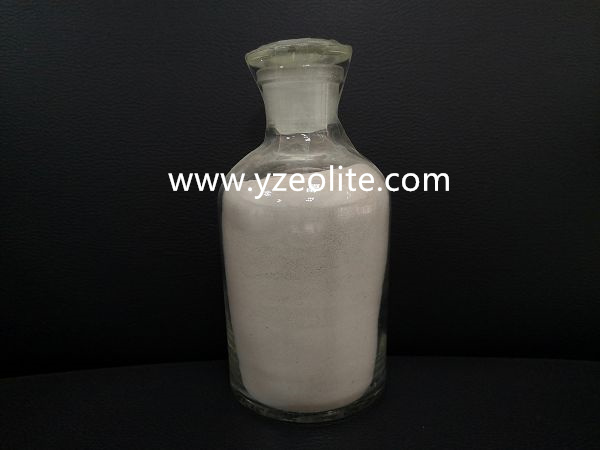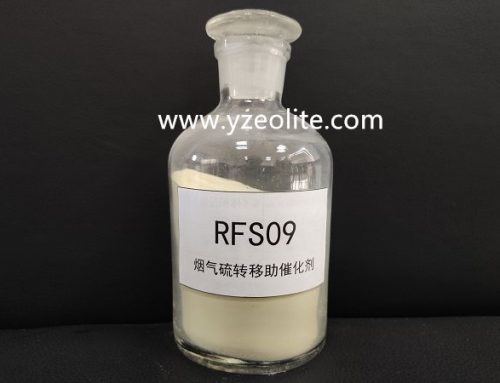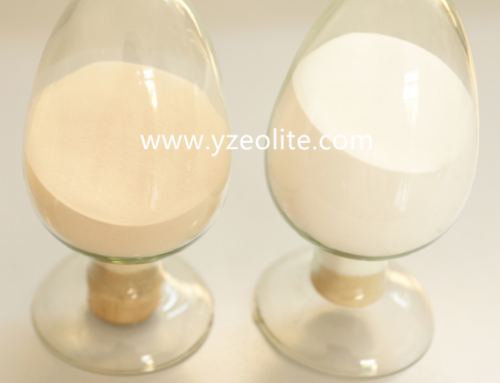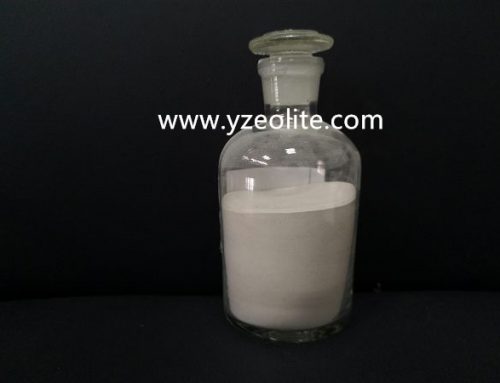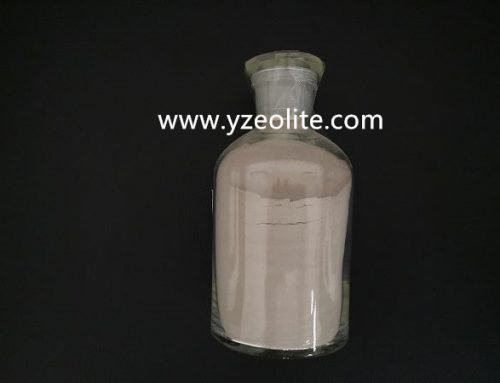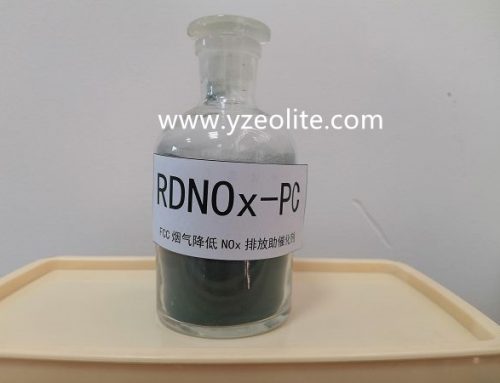Project Description
SLE Series Additive FCC catalyst
Applicable Scope
SLE series additives are mainly applied in RFCC units and MIP units for a considerable increase of liquid products yield.
Characteristics
SLE series additives for FCC process can be applied in RFCC process in order to increase liquid products yield. The good match of pore structure and acidity can improve product selectivity, promote heavy oil molecules conversion and reduce coke yield from heat, catalysis and pollution when heavy oil is converted deeply. Thus, the liquid product yield can be improved obviously.
Design Philosophy
SLE additives are aiming at converting bottoms into high-value liquid products deeply and efficiently, and reducing reaction selectivity of low-value products as far as possible. The design idea is developing different function materials for the different reactions referring to bottoms conversion and matching properly. Some stable and well-organized acidulous macropores and mesopores are formed in additives to eliminate the configurational diffusion limit of heavy oil macromolecules and promote the contact between raw oil and additives. Heavy oil conversion is promoted by the synergistic effect of heat shock and acid catalysis, which reduces coke yield as well. Active components have good external exposure degree and high accessibility of active sites, which increase the proportion of carbonium ion participating in reactions, strengthen dealkylation and ring opening of cycloalkanes, as a result, alkyl aromatics and naphthenic aromatics can be converted selectively into high-value liquid products and catalytic coke yield decreases. Metal-hold components are added to reduce catalyst heavy metal poisoning and coke caused by pollution.
Property
The main specifications of SLE additives were shown in Table 1.
Table 1 Main Specifications of SLE
| Item | Index |
| LOI, % | ≤13 |
| Al2O3, w% | ≥35.0 |
| Na, w% | <0.30 |
| Fe2O3, w% | ≤0.60 |
| SO42-, w% | ≤2.0 |
| Pore volume, ml/g | ≥0.33 |
| Specific surface area, m2/g | ≥300 |
| Attrition Index, %/h | ≤3.0 |
| Apparent bulk density, g/ml | 0.68-0.85 |
| Particle Distribution, % | |
| 0-40µm | ≤20.0 |
| 0-149µm | ≥92.0 |
| APS, µm | 65.0-80.0 |
| MAT (800℃,4h), % | ≥80 |
Commercial Reference
The industrial test of SLE series additives with high liquid yield has been conducted in SINOPEC Jingmen Petrochemical. In the condition that SLE additives take up 10% of all the catalyst, the slurry yield decreases 2.03%, overall liquid yield increases 2.55% with a 3.1% increase in gasoline yield. The industrial application results are shown in table 2.
Table 2 Industrial Application Results of SLE additives
| Catalyst | CGP-1 | 90% CGP-1 + 10% SLE |
| Operating Conditions | ||
| Resid Blending Ratio, % | 26.66 | 29.67 |
| Throughput, t/d | 3371 | 3338 |
| Reaction Temperature, ℃ | 530.5 | 526.8 |
| Regeneration Temperature, ℃ | 678.5/682.2 | 686.1/681.6 |
| Feedstock Properties | ||
| Density (20℃) , kg/m3 | 929.0 | 929.2 |
| CCR, % | 3.65 | 4.20 |
| Group-Components, % | ||
| Saturates | 50.6 | 49.1 |
| Aromatics | 31.3 | 32.0 |
| Resins + Asphaltenes | 18.1 | 18.9 |
| Metal content, µg/g | ||
| Fe | 6.8 | 13.0 |
| Ni | 10.0 | 12.5 |
| V | 0.7 | 0.6 |
| Na | 3.4 | 4.0 |
| Ca | 3.4 | 4.7 |
| Product Distribution, % | ||
| Dry gas | 2.86 | 2.34 |
| LPG | 13.81 | 14.02 |
| Gasoline | 43.22 | 46.32 |
| LCO | 23.76 | 23.01 |
| Slurry | 7.18 | 5.15 |
| Coke | 8.95 | 8.96 |
| Loss | 0.22 | 0.20 |
| Total | 100.00 | 100.00 |
| Conversion, % | 69.06 | 71.84 |
| (LPG + Gasoline + LCO)Yield, % | 80.79 | 83.34 |
| Gasoline Properties | ||
| RON | 93.0 | 92.0 |
| MON | 81.3 | 80.7 |
| Induction Period, min | 550 | >1000 |
| Group-Components, % (FIA) | ||
| Saturates | 45.6 | 46.3 |
| Olefins | 35.4 | 35.1 |
| Aromatics | 19.0 | 18.7 |
Commercial Application
SLE series additives with high liquid yield have been applied in SINOPEC Jingmen Petrochemical.
Products/Grades
SLE-A, SLE-B and SLE-C
Email: y@yzeolite.com
